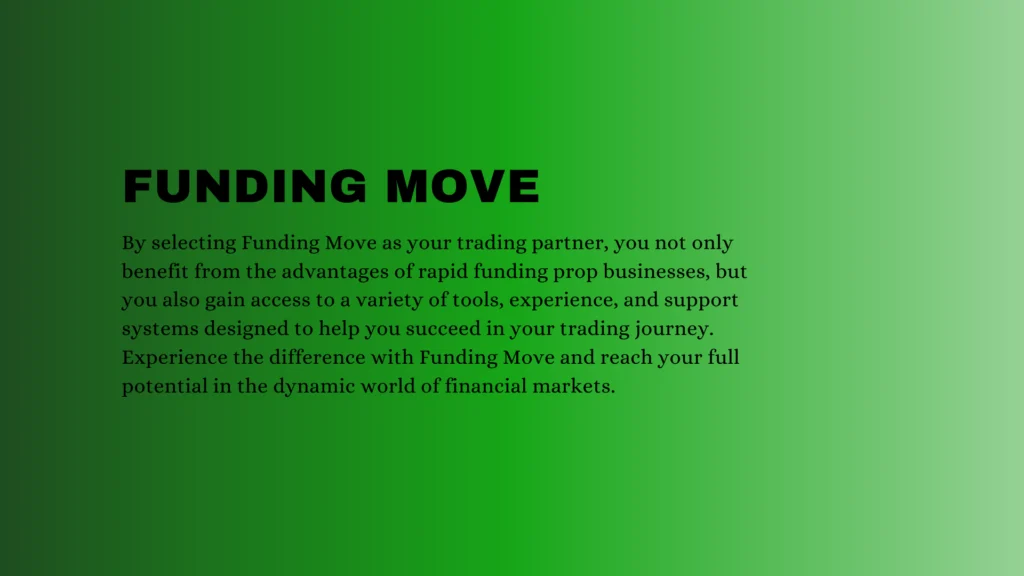What is Forex?
Lesson: 1
In the past, foreign exchange (FX) trading had been reserved for experts and large investors. However, thanks to improvements in technology, anyone may now participate in the world’s markets and trade from any location.
Let’s take a casual look at the history of retail FX trading. We’ll look at how we moved from serious professionals wearing pocket protectors to today’s world of simple smartphone apps and more!
Retail FX trading became popular in the 1970s after the old system that connected world currencies to the US dollar (Bretton Woods) ended in 1971.
This move opened the way for increased trading in currencies and gave rise to the modern foreign exchange market.
But here’s the not-so-cool a little. At the time, FX trading felt like a private club. Only banks, hedge funds, and large corporations could participate. Individual traders were kicked out from the party due to the fact that they didn’t have the appropriate tools and technology. Simply put, they were too little and not wealthy enough.
Moving into the 1990s, thanks to computer geniuses and fast internet growth (thanks, Mr. Al Gore!), banks began developing their own platforms. These advanced platforms allowed them to share live prices with clients, who could then make trades immediately.
At the same time, skilled business minds created internet-based trading platforms for ordinary people. These were known as “retail forex brokers,” and they made it extremely easy for individuals to trade. Unlike the major players who trade in millions, these brokers allow average people to trade as few as 1,000 units!
There will be no more exclusive clubs, everyone is welcome to join the party!
The 1990s modernised retail FX trading. With the rise of the internet and personal computers, ordinary people can now enter the currency market. As internet speeds increased, online trading platforms rose out like mushrooms after rain. These platforms provided simple interfaces for everyday traders, as well as access to market data, news, and analysis.
The Explosion of Online Forex Brokers and Trading Platforms
Starting in the early 2000s, internet traders entered the market, ready to provide customers with FX trading services.
They tried to attract average traders by providing attractive features like trading platforms, learning materials, and leverage – because who wouldn’t want to handle larger assets for less money?
With brokers fighting hard, the end result was fantastic, tighter spreads, reduced costs, and more trading possibilities beyond the major currency pairs.
Nowadays, if you enjoy trading, you have a wide range of platforms to pick from, including MetaTrader 4 and 5, cTrader, and other fancy ones created by various brokers. They even have mobile apps, allowing you to trade directly from your smartphone!
Whatever your preference is, whether you enjoy reading charts, looking into indicators for technical analysis, or prefer trading with software, there is something for everyone in the world of retail FX trading.
As retail FX trading grew, banking supervisors shifted into safeguarding normal traders from dishonest forex brokers and to maintain the market fair.
Back then, the retail FX scene was like the Wild West, with no regulations!
As a result, the oversight agencies behaved like caring parents, implementing strict rules for forex brokers. They ensured that brokers had enough money, properly managed risks, and treated customers with respect.
Consider them the market’s vigilant and concerned guard.
This guardian team includes the US Commodity Futures Trading Commission (CFTC), the UK Financial Conduct Authority (FCA), the Australian Securities and Investments Commission (ASIC), and the European Securities and Markets Authority (ESMA).
The people in charge of monitoring the forex market, such as the authorities, have implemented effective safeguards to keep normal traders like you secure. They limit leverage, which is a technique that allows you to control larger transactions with fewer capital. They limit this so that you don’t take on too much risk.
They also have evaluations in place to keep your account balance from going negative. Assume you have $100, and if a trade goes bad, they ensure you don’t owe more than that. This prevents you from losing more money than you already have.
Another nice thing they do is keep your money separate from the broker’s own. It’s like having your own wallet while the broker has theirs. This separation assures that if something happens to the broker, your money is protected and can be refunded to you. So, these safeguards act as a safety net, ensuring that trading in the forex market does not become too risky for ordinary people.
Thus, the history of retail FX trading is one of technology advancements, greater accessibility, and vigilant authorities. It is a bright and exciting adventure.
Retail foreign exchange trading began modestly in the 1970s and has since grown to become a worldwide hit. It allows average people like us to participate in the world’s largest and most liquid financial market.
Retail FX trading appears to have a brighter future as rules and technology progress. It’s about to become more fascinating and open to traders from all over the world.
Start free registration of forex-funded accounts

Lesson: 1
Lesson: 2
Lesson: 3
Lesson: 4
Lesson: 5
Lesson: 6
Lesson: 7
Lesson: 8
Lesson: 9
Lesson: 10
Lesson: 11
Lesson: 12
Lesson: 13
Lesson: 14
Lesson: 15
Lesson: 16
Lesson: 17
Lesson: 18
Lesson: 19
Lesson: 20
Lesson: 21
Lesson: 22
Lesson: 23
Lesson: 24
Lesson: 25
Lesson: 26
Lesson: 27
Lesson: 28
Lesson: 29
Lesson: 30
Lesson: 31
Lesson: 32
Lesson: 33
Lesson: 34
Lesson: 35
Lesson: 36
Lesson: 37
Lesson: 38
Lesson: 39
Lesson: 40
Lesson: 41
Lesson: 42
Lesson: 43
Lesson: 44